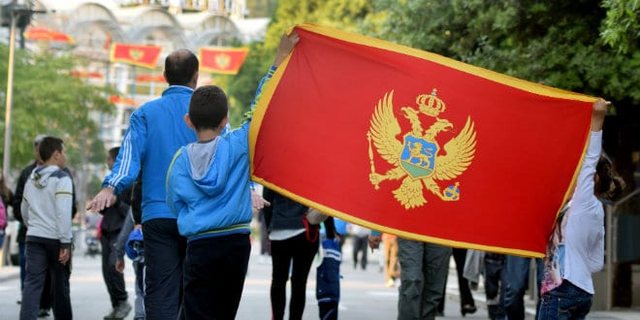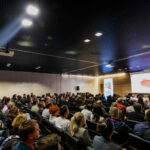Podgorica, October 15, 2024 – Montenegro’s latest population census has revealed that no ethnic group holds a majority, highlighting the country’s diverse demographic makeup. The results, released by the Directorate for Statistics of Montenegro (Monstat), show that Montenegrins and Serbs make up the two largest ethnic groups in the country, which has a total population of 623,633.
According to the census data, 41.1% of citizens identify as Montenegrins, while 32.9% identify as Serbs. This reflects a slight increase in the number of people identifying as Serbs compared to the 2011 census, when 28.73% declared themselves as Serbs. The Montenegrin share of the population has remained relatively stable, though the near parity between the two groups marks a significant shift in the country’s ethnic landscape.
Bosniaks constitute 9.45% of the population, followed by Albanians at 4.97%. Smaller minority groups include Roma, representing 1%, and Croats, who account for 0.97%.
Language remains a deeply divisive issue in Montenegro. The census data shows that 43.5% of the population identify Serbian as their mother tongue, while 36.2% declare Montenegrin as their native language. This marks a slight change from the 2011 figures, where 42.88% reported Serbian as their first language and 36.97% chose Montenegrin.
The census results have intensified political tensions in Montenegro, where questions of ethnic and linguistic identity are often intertwined with political allegiances. Pro-Serbian and pro-Russian groups, including media outlets and the Serbian Orthodox Church, have used the census as an opportunity to encourage citizens to identify as Serbs and speak Serbian. Serbian President Aleksandar Vučić has also weighed in, underscoring the census’s importance in gauging the strength of the Serbian community in Montenegro.
Montenegro’s opposition leader Daniel Živković responded to these pressures, emphasizing the country’s resilience in maintaining its civic and multi-ethnic character. “Ethnic engineering has failed. Montenegro’s civic and multi-ethnic core remains intact, standing strong in defense of state interests,” Živković stated.
To address concerns about the accuracy of the census, Monstat introduced a digital verification system earlier this month, allowing citizens to verify their recorded nationality, language, and religious affiliation. Monstat has since confirmed that no significant irregularities have been reported, reassuring the public of the credibility of the census results.
This latest census not only highlights the complex demographic composition of Montenegro but also reflects the ongoing debates around identity that have long shaped its political landscape. With the near-equal representation of Montenegrins and Serbs, the country’s future political dynamics are likely to be heavily influenced by these census results.








